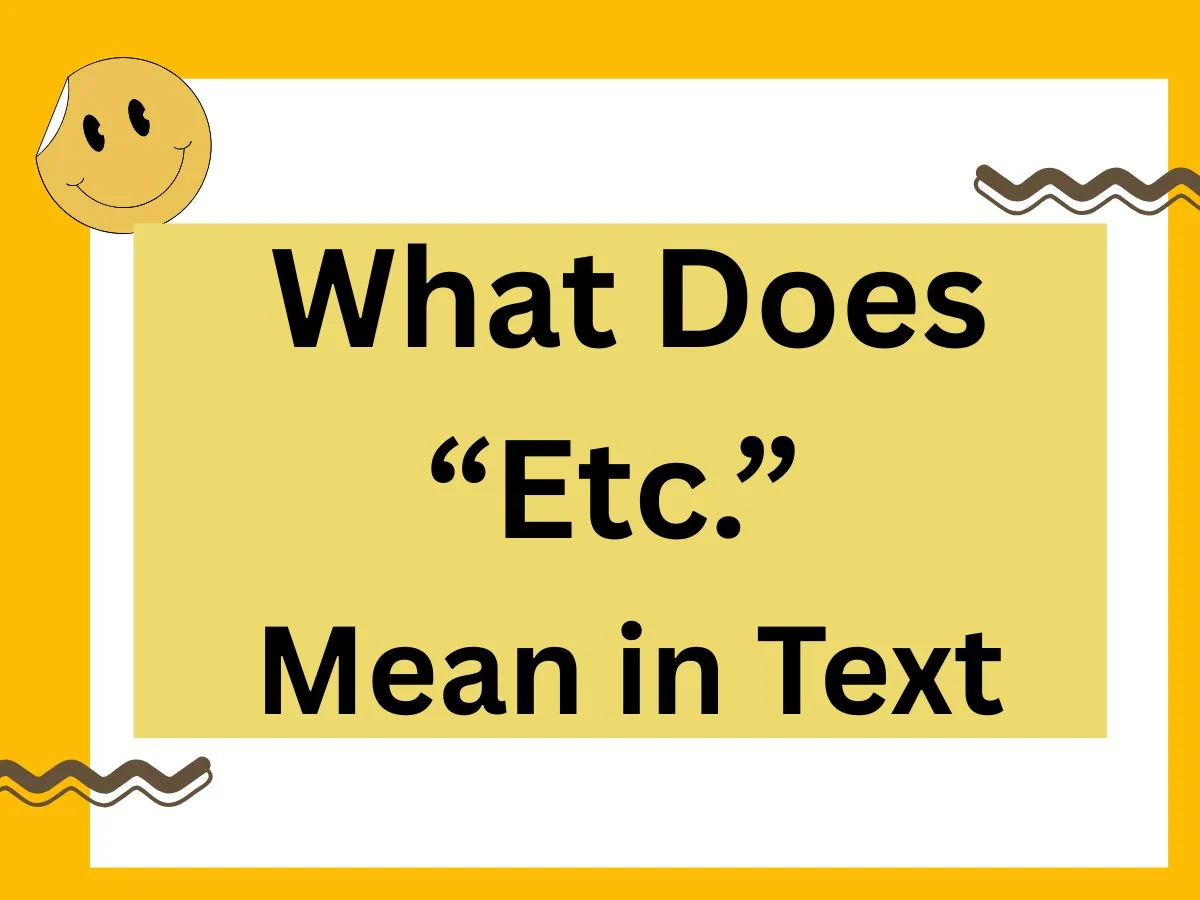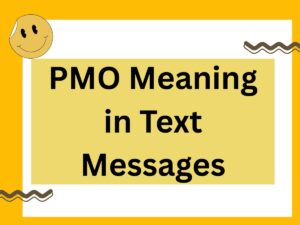In daily writing, whether online chats, emails, or academic papers, we often see “etc.” But what does it really mean in text? And when should you use it—or avoid it?
🔥 Rizz Line Generator 🔥
This article gives you a complete, up-to-date (2025) explanation of the meaning of “etc.”, its origin, correct usage, and modern alternatives.
Unlike older posts scattered across the web, this guide digs deeper into tone, context, and professional best practices. By the end, you’ll know not only what “etc.”
means, but also how to replace it with smarter expressions depending on your audience.
📌 The Meaning of “Etc.” in Text
The abbreviation “etc.” comes from the Latin phrase et cetera, which translates to “and the rest” or “and other similar things.”
When you see “etc.” in a sentence, it signals that the writer is listing items and doesn’t want to mention every single one. For example:
- She bought apples, bananas, oranges, etc.
(Here “etc.” tells the reader she bought more fruit beyond what’s listed.)
In modern texting and digital communication (2025), “etc.” keeps the same meaning, but tone and usage vary depending on context. In casual text messages, it often appears as a shorthand for “and so on.” In professional writing, though, it needs careful placement to avoid sounding lazy or vague.
📝 Why People Use “Etc.”
- To shorten lists: Avoids making the text too long.
- To show obvious continuation: Indicates there are more examples not worth writing.
- To keep it casual: Makes the text less formal, especially in messages.
- To save time: Quick typing shortcut in conversations.
- To cover variety: Suggests many possible items without naming them all.
However, using “etc.” too often may weaken clarity, especially in professional contexts. That’s why knowing the alternatives is essential.
🚫 Common Misuses of “Etc.”
Even in 2025, many people make mistakes with “etc.” Here are the biggest pitfalls:
- Repeating “and etc.” (incorrect, since “etc.” already means “and the rest”).
- Using “etc.” after only one item (I like pizza, etc. → unclear).
- Adding it in formal legal or academic texts where precision is required.
- Overusing it in job applications or emails, which may come off as lazy or unprofessional.
Correct writing means choosing context-appropriate replacements when “etc.” doesn’t fit.
🔄 10 Best Alternatives to “Etc.” in Text (With Examples)
When you want to sound polite, professional, or casual, you can replace “etc.” with stronger expressions. Here are the 10 best options you can use in 2025:
1. “And so on”
- We talked about movies, books, music, and so on.
➡️ Works well in casual and semi-formal writing.
2. “And the like”
- The shop sells clothes, shoes, bags, and the like.
➡️ Slightly formal; good for academic or professional settings.
3. “Among others”
- She collaborated with Google, Apple, Microsoft, among others.
➡️ Perfect for professional tone—shows prestige and avoids vagueness.
4. “And many more”
- The event had food stalls, games, music, and many more.
➡️ Friendly and casual; works for event promotions or informal messages.
5. “Et al.” (for people)
- The research was conducted by Smith et al.
➡️ Academic-only replacement for “etc.” when referring to people.
6. “And all that”
- He started talking about work, stress, deadlines, and all that.
➡️ Informal and conversational—use in texts or friendly chats.
7. “And everything else”
- She bought decorations, flowers, balloons, and everything else.
➡️ Great for everyday speech or descriptive writing.
8. “And more besides”
- The city offers museums, galleries, theaters, and more besides.
➡️ Slightly old-fashioned, but strong in professional or travel writing.
9. “As well as other things”
- The job requires coding, teamwork, communication, as well as other things.
➡️ Polite and precise—good for resumes and job descriptions.
10. “Et cetera (spelled out)”
- The list included pencils, erasers, notebooks, et cetera.
➡️ Rarely used, but spelling it out can add emphasis in literary writing.
🎯 How to Choose the Right Alternative
- Casual texting → “and so on,” “and all that.”
- Professional emails → “among others,” “as well as other things.”
- Academic writing → “et al.” (for people), “and the like.”
- Marketing & blogs → “and many more,” “and everything else.”
By adjusting tone, you show awareness of context and audience, which is crucial in communication today.
📱 “Etc.” in Digital Communication (2025 Trends)
The way people use “etc.” in texting has evolved:
- Short-form texting: Still common, especially in casual chats.
- Professional messaging apps (Slack, Teams): Rarely used—people prefer clarity.
- AI-assisted writing tools: Now often suggest alternatives to “etc.” for sharper communication.
- Social media posts: Replaced with emojis or “…” to keep tone light and relatable.
🌍 Cultural Nuances in Using “Etc.”
Different cultures interpret “etc.” differently:
- US & UK: Seen as neutral, but overuse can appear sloppy.
- Asia: Often replaced with “etc, etc” or “and all” in casual speech.
- Business English worldwide: Avoided in formal contracts to ensure clarity.
This shows why alternatives are not just stylistic choices—they’re also tied to global communication standards.
✅ Final Thoughts
The abbreviation “etc.” means “and the rest” or “and so on.” While useful, it can sometimes weaken your writing if used too loosely.
That’s why knowing smarter alternatives—like “among others,” “and so on,” or “and many more”—makes your text clearer, more professional, and better suited to your audience.
By 2025, strong communication requires precision, tone awareness, and adaptability.
Whether you’re texting friends, writing emails, or publishing online, replacing “etc.”
with the right phrase will elevate your message and strengthen your credibility.





